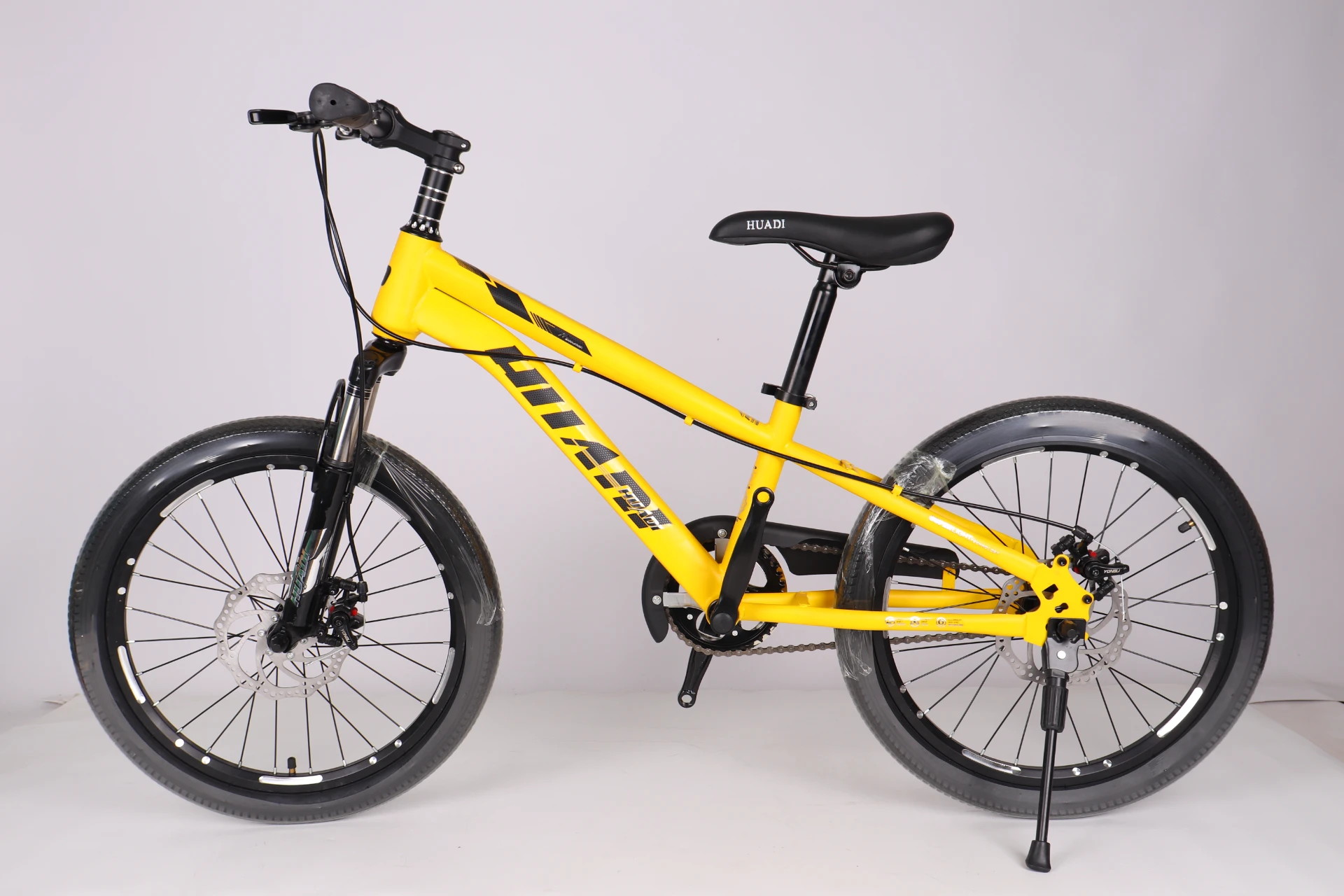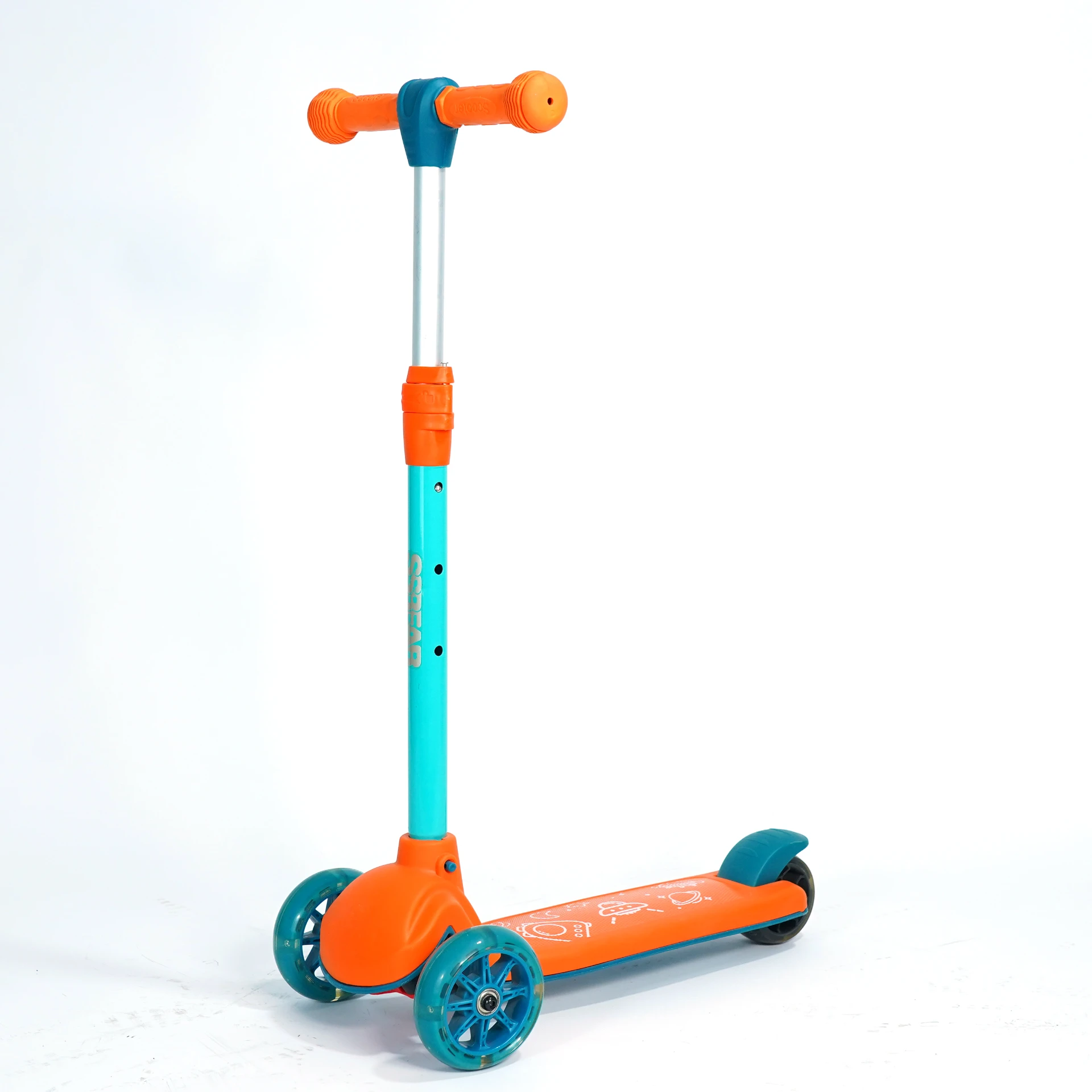Understanding Sizes of Kids Bikes: A Practical Guide for Parents and Industry
Getting to Know the Sizes of Kids Bikes: Why It Matters More Than You Think
Choosing the right-sized bike for a child might sound like a simple thing — just pick something that fits, right? But it turns out that understanding the sizes of kids bikes is a surprisingly significant issue globally. Not only does it impact safety and comfort for young riders, but it also touches on wider aspects like childhood development, urban mobility, and industry innovation.
Worldwide, bicycles often serve as one of the first vehicles for children, opening up opportunities for exercise, freedom, and social interaction. Plus, with a surge in eco-conscious lifestyles, cycling for kids aligns with sustainable transport goals championed by entities like the United Nations. So, knowing about bike sizes for kids helps parents, manufacturers, and communities foster healthier, safer environments.
The Global Landscape: Why Sizes of Kids Bikes Are More Than Just a Local Concern
Globally, over 1 billion bicycles are sold every year, a significant portion for children. The International Organization for Standardization (ISO) references children's bike sizing as a matter of safety standards, confirming the importance beyond mere preference. In Europe alone, around 30% of bike purchases target children between 3 to 12 years old.
Yet here’s the rub: mismatched bike sizes can discourage riding, cause injuries, and even contribute to a lifecycle of sedentary behavior. In emerging economies, where kids may rely on bikes for school commuting, getting the size right directly affects daily life quality. The challenge is making these sizes accessible and well-understood globally, with varying body growth patterns and cultural differences to consider.
What Exactly Are Sizes of Kids Bikes?
In simple terms, sizes of kids bikes refer to the dimensions designed to fit children of different ages, heights, and abilities. Primarily, the size is often measured by the diameter of the bike’s wheels in inches — usually ranging from 12" up to 24". But it’s not just about wheel size; frame size, seat height, and handlebar reach also play a role.
This sizing is more than an arbitrary number — it’s linked deeply to safety standards, ergonomic design, and even psychological factors that encourage kids to learn cycling and develop confidence. For industry players, offering a variety of sizes means meeting the varied needs of young cyclists worldwide, whether for leisure, sport, or transportation.
Core Factors When Considering Sizes of Kids Bikes
1. Frame and Wheel Size Compatibility
The frame and wheel size dictate how well the bike fits. For toddlers, a 12" wheel bike with a low frame is common. Older kids might move up through 16", 18", 20", to 24" wheels. Many engineers emphasize that the frame size should allow a child to put their feet flat on the ground while seated — a crucial factor for safety and confidence.
2. Adjustability and Growth
Kids grow quickly, making adjustable features vital. Bikes with adjustable seat posts and handlebars extend usability over time, a practical solution for families watching budgets. It also reflects a manufacturer’s understanding of the developmental stages children go through.
3. Weight and Material Impact
Lightweight frames, commonly aluminum or certain steel alloys, help kids manage control better. Overly heavy bikes can cause fatigue and increase the risk of accidents. In fact, the kinds of materials used directly tie into the overall performance and comfort of the bike.
4. Safety Features and Ergonomics
Proper sizing synergizes with safety gear like brakes, chain guards, and helmets. Ergonomic handlebar designs and saddle shapes also affect how long and comfortably a child can ride without strain.
5. Style and Purpose
Whether it’s mountain biking, commuting, or casual neighborhood cruising, sizes of kids bikes vary by use. Manufacturing trends now lean towards multipurpose kids’ designs to maximize utility, which often translates to specific size options tailored to different activities.
Global Applications and Real-World Use of Kids Bike Sizes
The influence of kids bike sizing transcends continents. In Scandinavian countries, where cycling culture is strong, manufacturers produce a wide range of well-sized models adhering rigorously to EU safety standards. Meanwhile, NGOs in sub-Saharan Africa rely on appropriately sized bikes to distribute educational materials and provide reliable transport for young children attending school.
Case in point: a community bike program in parts of India emphasizes the importance of right-sized kids bikes to reduce dropouts caused by distance challenges in rural areas. The ability to safely ride bikes scaled to the child's size has improved school attendance and overall community health.
Advantages and the Long-Term Value of Proper Kids Bike Sizes
- Safety First: Proper fit reduces injury risk and fosters confidence.
- Physical Development: Suitable bikes promote better posture and muscle development.
- Cost Effectiveness: Adjustable and properly sized bikes last longer and delay replacement.
- Environmental Impact: Encouraging biking from a young age contributes to sustainable transport habits.
- Emotional Benefits: Kids enjoy greater independence and social interaction when riding comfortably.
In real terms, choosing the right bike means investing in a child's lifestyle, safety, and even their future — it’s an emotional and logical win.
Types and Specifications: Common Sizes of Kids Bikes
| Wheel Size (inches) | Age Range (years) | Height Range (cm) | Recommended Features |
|---|---|---|---|
| 12" | 2 - 4 | 85 - 100 | Training wheels, low frame, coaster brakes |
| 16" | 4 - 6 | 100 - 115 | Removable training wheels, hand brakes, lighter frame |
| 20" | 6 - 9 | 115 - 135 | Hand brakes, adjustable seat, multiple gears |
| 24" | 9 - 12 | 135 - 150 | Full gears, higher frame, durable tires |
Comparing Top Vendors of Kids Bikes by Size Availability and Safety
| Vendor | Size Range | Material Quality | Adjustability | Safety Certification |
|---|---|---|---|---|
| BikeCo Junior | 12" to 20" | Aluminum Alloy | Seat & Handlebar | ISO 8098 Compliant |
| ChildCycle Pro | 12" to 24" | Carbon Steel Frame | Seat Only | CE Certified |
| Youth Riders | 16" to 24" | Aluminum and Plastic | Seat & Handlebars | ASTM F2043 Certified |
Future Trends in the World of Kids Bike Sizes
Looking ahead, the sizing of kids bikes is evolving with tech-driven and sustainable innovations. Smart sensors embedded into bike frames may soon provide real-time feedback about fit, posture, and riding safety. Materials like graphene-infused composites promise lighter, stronger frames, pushing industry boundaries.
On a policy front, increasing global standards are urging manufacturers to make adjustable, reusable bikes that grow with the child, reducing waste and improving access. Green energy integration, such as small pedal-assist electric options, might soon blur the lines between traditional and e-bikes for kids.
Challenges Facing Proper Bike Sizing and How the Industry is Solving Them
Despite progress, challenges persist. Standardizing sizes globally proves difficult due to varied growth rates and cultural differences. Plus, high costs of adjustable, high-quality materials can put bikes out of reach for some families. Lastly, misinformation among parents and retailers sometimes leads to poor fit and purchase decisions.
Experts recommend increasing educational outreach, improving size guides (think interactive ones online), and expanding affordable, adjustable models. Some companies even offer trial rentals or exchange programs to ensure the right fit is found before purchase — a pretty neat approach in reducing waste too.
FAQ: Frequently Asked Questions About Sizes of Kids Bikes
- Q: How do I know what size bike my child needs?
- A: The best starting point is your child’s height and inseam measurement. Using these, you match wheel sizes and seat heights accordingly. Remember, the child should be able to touch the ground with their feet flat while sitting on the saddle.
- Q: Can a bike with a larger wheel size be used safely by a younger child?
- A: Generally, no. Larger wheels mean higher frames and longer reach, which can compromise stability and safety for younger kids. Always pick the size recommended for age and height ranges.
- Q: How often should I adjust my child’s bike size?
- A: Kids grow fast! Typically, check every 6 months to a year to reassess fit and adjust seat height or upgrade the bike if necessary.
- Q: Are adjustable kids bikes a good investment?
- A: Yes, adjustable bikes often reduce the need for multiple purchases and can accommodate your child’s growth over a couple of years. This flexibility is cost-effective and environmentally friendlier.
- Q: Where can I find reliable size charts or professional help?
- Many manufacturers provide detailed sizes of kids bikes charts. Look for certified retailers or local bike shops where expert fitting help is accessible.
Conclusion
In the end, understanding and choosing the right sizes of kids bikes is more than just a purchase decision — it supports safety, developmental benefits, and long-term sustainability. As the market grows alongside technological advances, parents and communities stand to gain more reliable, enjoyable cycling experiences for children worldwide.
If you want to explore the best options and get detailed sizing guidance, do visit our website: https://www.zhongzhoubike.com. Because getting the size right is the first step to many happy rides.
-
Baby Balance Bike OEM Service – Kids No-Pedal, LightweightNewsNov.10,2025
-
OEM Kids Bike Children Bicycle – Cheap Wholesale BicyclesNewsNov.10,2025
-
Kids Bike New Model 12–18 inch Boys & Girls Bike, AdjustableNewsNov.10,2025
-
China Cheap Price Safe Kids Bike for 10yo w/ Training WheelsNewsNov.10,2025
-
China CE-Certified Kids Balance Bike, Guaranteed QualityNewsNov.10,2025
-
Colorful Outdoor Flashing Carton Children Scooter for KidsNewsNov.10,2025
-
Best Price Kids Balance Bike – Superior Quality, No PedalsNewsNov.10,2025








